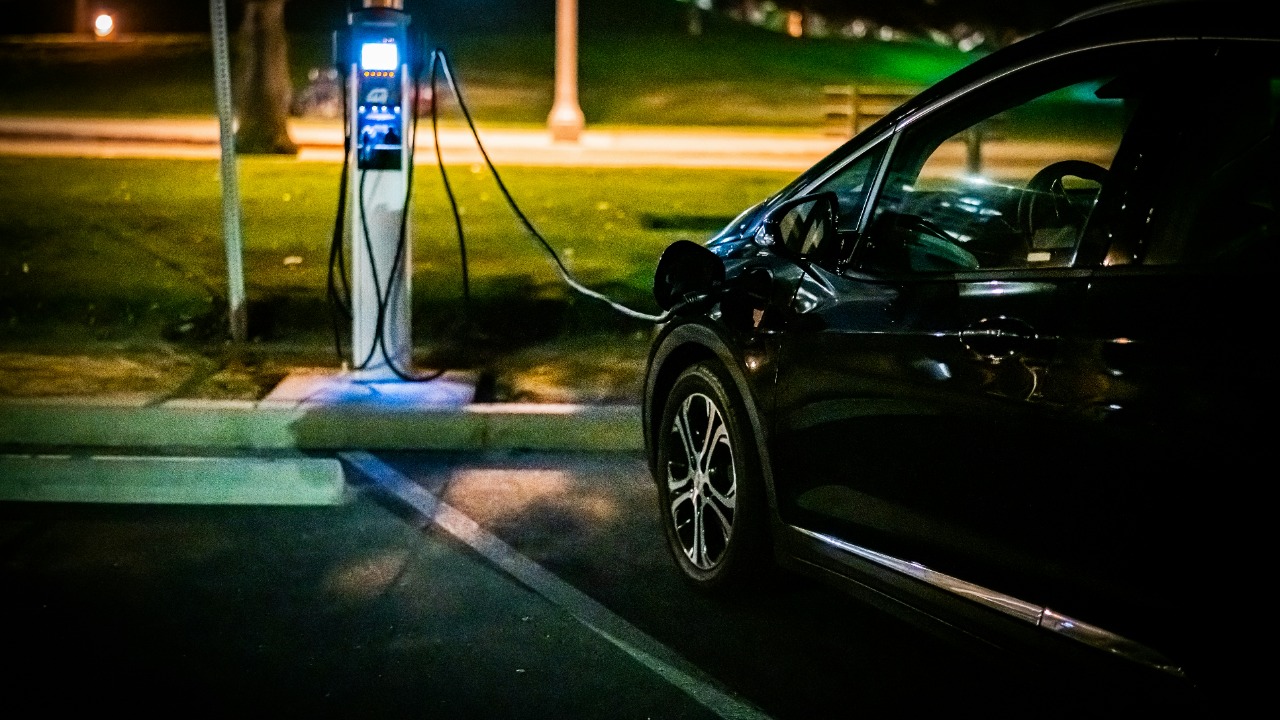
Recent research has unveiled that electric vehicles (EVs) are more environmentally friendly than their gasoline counterparts over their lifespan, despite the higher energy requirements of their battery production. This revelation, brought to light by the International Council on Clean Transportation (ICCT), challenges the common misconceptions about the environmental impact of EVs, demonstrating that they can reduce greenhouse gas emissions by up to 66% over their lifecycle compared to conventional cars. The study, published on October 29, 2025, underscores the role of cleaner electricity grids in accelerating these benefits.
Energy Demands of EV Manufacturing
The production of EV batteries requires intensive mining and processing of materials like lithium and cobalt, leading to an estimated 40-50% greater manufacturing footprint than gasoline vehicles. This higher upfront emission is primarily due to battery production, which accounts for around 10-15 tons of CO2 equivalent per vehicle before it hits the road. This initial carbon debt of EVs is a significant factor to consider when assessing their overall environmental impact.
The study also provides a detailed breakdown of the global supply chain impacts, highlighting variations by manufacturer and region in reducing these emissions through sustainable sourcing. This information is crucial in understanding the broader environmental implications of EV manufacturing and the potential strategies for mitigating these impacts.
Lifecycle Emissions Comparison
When comparing the total emissions from cradle-to-grave for EVs versus gas cars, including production, operation, and end-of-life disposal, EVs start showing net savings after 13,000-20,000 miles driven. This is largely due to the operational phase advantages of EVs, such as zero tailpipe CO2 emissions, leading to 50-70% lower emissions in regions with average grid carbon intensity.
The ICCT’s modeling of fuel cycle emissions reveals that the ongoing pollution from extraction, refining, and combustion of gasoline outweighs the impacts of EV battery production over time. This finding underscores the long-term environmental benefits of EVs, despite their higher upfront emissions.
Break-Even Timeline for Environmental Benefits
The concept of “payback period” refers to the time it takes for EVs to offset their production emissions through operation. According to the study, this period is approximately 1.5 years or 19,000 miles in Europe, faster than in coal-heavy grids like parts of the U.S. or China. This means that EVs can start contributing to climate change mitigation within a relatively short period of their lifespan.
The study also provides examples showing U.S. EVs breaking even in under 2 years with current grid improvements, versus longer timelines in high-emission scenarios. It’s worth noting that the break-even point is sensitive to driving habits, with urban short trips accelerating the process due to EVs’ efficiency gains.
Regional and Grid Dependency Factors
The study shows that cleaner electricity sources can significantly shorten the emissions payback period. For instance, EVs in hydro-powered Norway achieve environmental benefits immediately, according to ICCT data. However, the situation is different in the U.S., where reliance on coal in the Midwest delays the break-even point to 2.5 years. Despite this, national trends toward renewables are closing the gap.
On a global scale, policy-driven grid decarbonization in countries like China and India could make EVs cleaner within 3 years, despite the high emissions from their manufacturing hubs. This highlights the importance of clean energy policies in accelerating the environmental benefits of EVs.
Implications for Policy and Adoption
The findings of the study support the case for EV incentives, countering arguments against subsidies by quantifying long-term climate savings equivalent to removing millions of gas cars. This could be a significant factor for policymakers to consider when designing strategies for promoting EV adoption.
The ICCT also recommends governments to prioritize battery recycling and mineral traceability to further reduce upfront impacts. From a consumer perspective, the study emphasizes that average drivers can see benefits regardless of the EV model they choose, with hybrids serving as a transitional option in regions with dirtier grids.
Addressing Common Criticisms
The study tackles myths about EV “greenwashing,” showing that even in worst-case scenarios, EVs yield 20-30% lifetime emissions reductions over gas cars. This data can be instrumental in addressing common criticisms and misconceptions about the environmental impact of EVs.
End-of-life concerns are also addressed in the study, noting that battery repurposing for energy storage extends the value of EVs and minimizes disposal emissions. The robustness of the analysis, which covers over 50 countries and various vehicle types, is affirmed by ICCT researchers, providing a comprehensive and reliable assessment of the environmental implications of EVs.
Overall, the study provides a compelling case for the environmental benefits of EVs, highlighting the importance of clean energy policies and sustainable manufacturing practices in maximizing these benefits. As the world continues to grapple with the challenges of climate change, the transition to EVs could play a crucial role in reducing greenhouse gas emissions and achieving sustainability goals.
More from MorningOverview